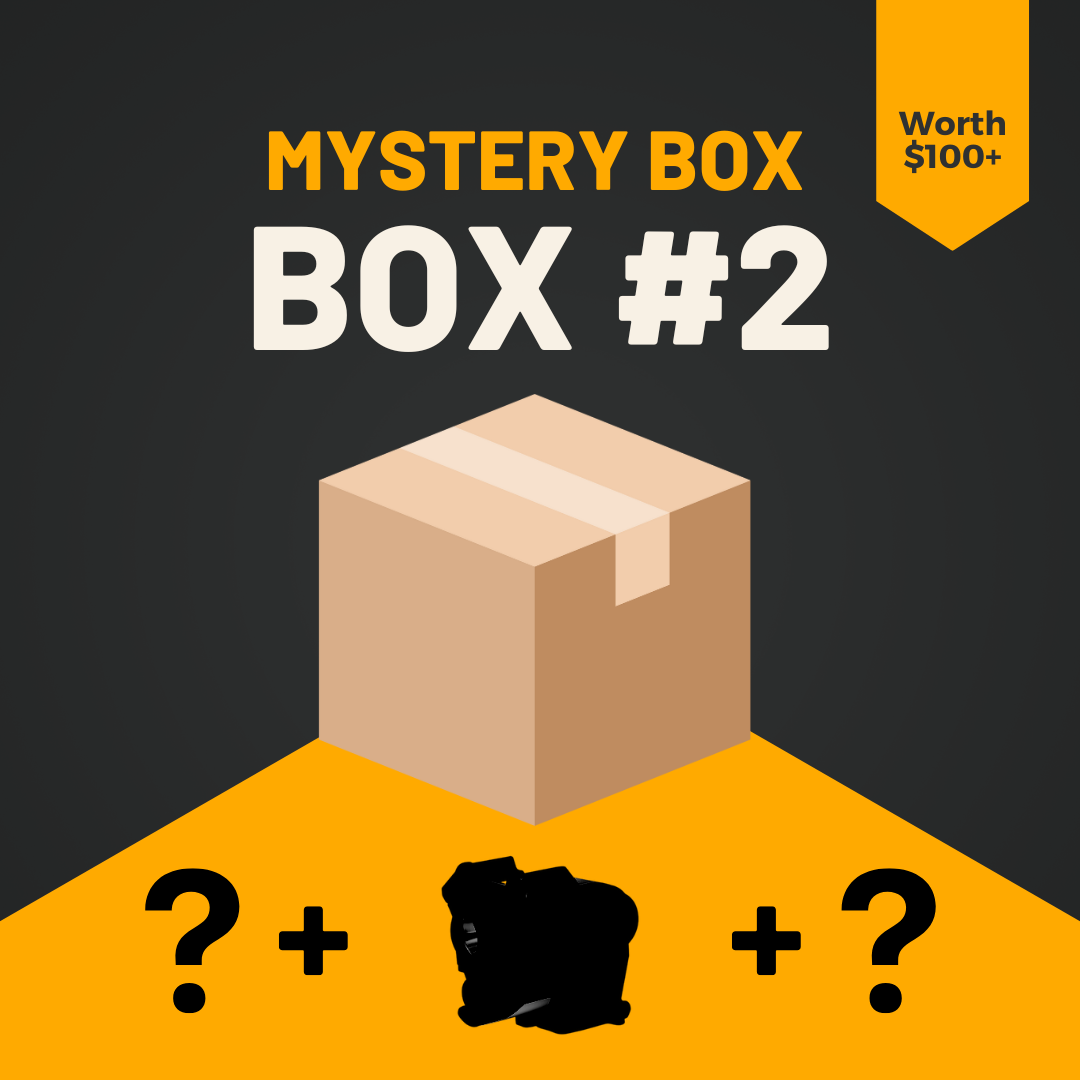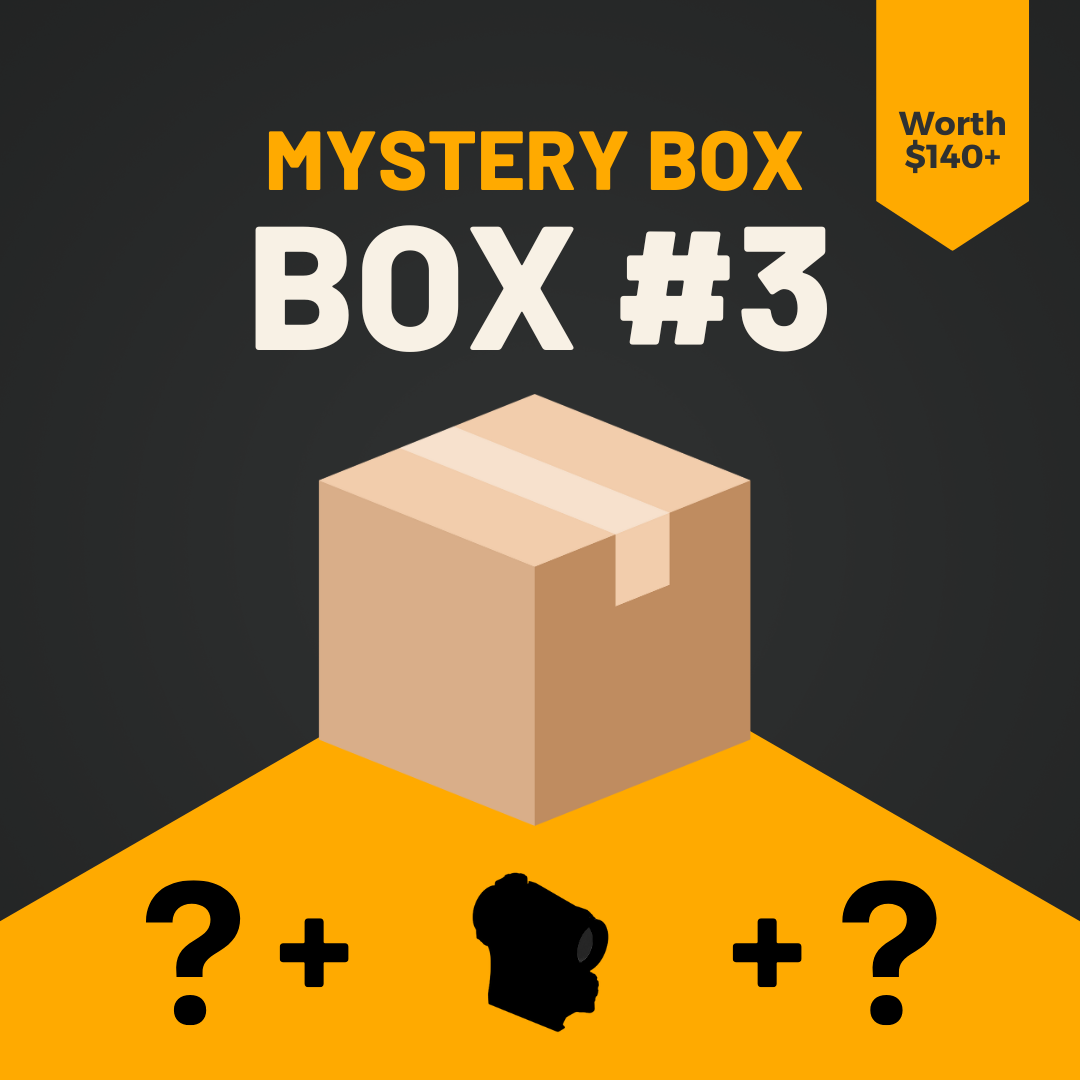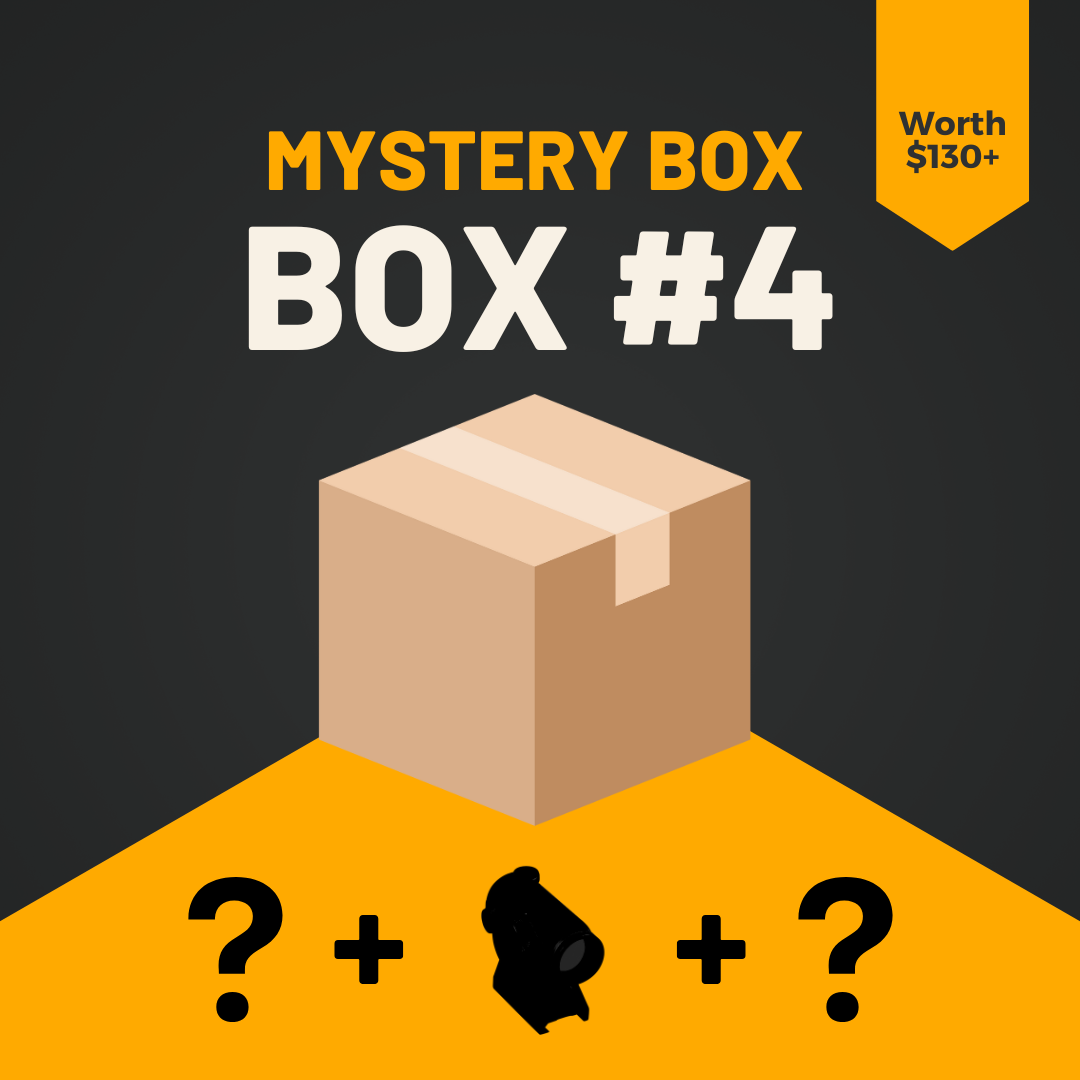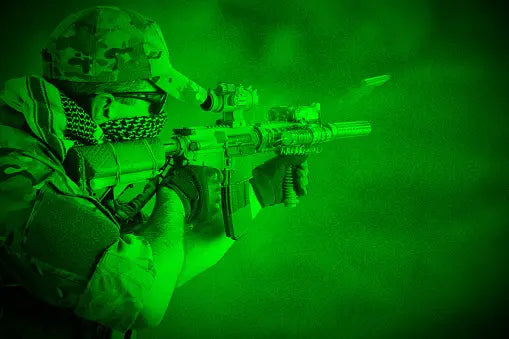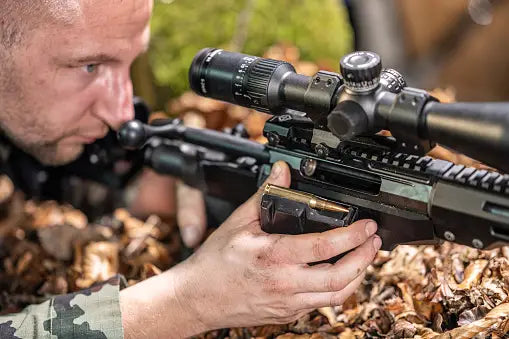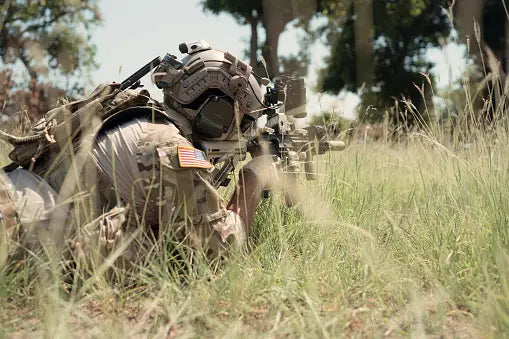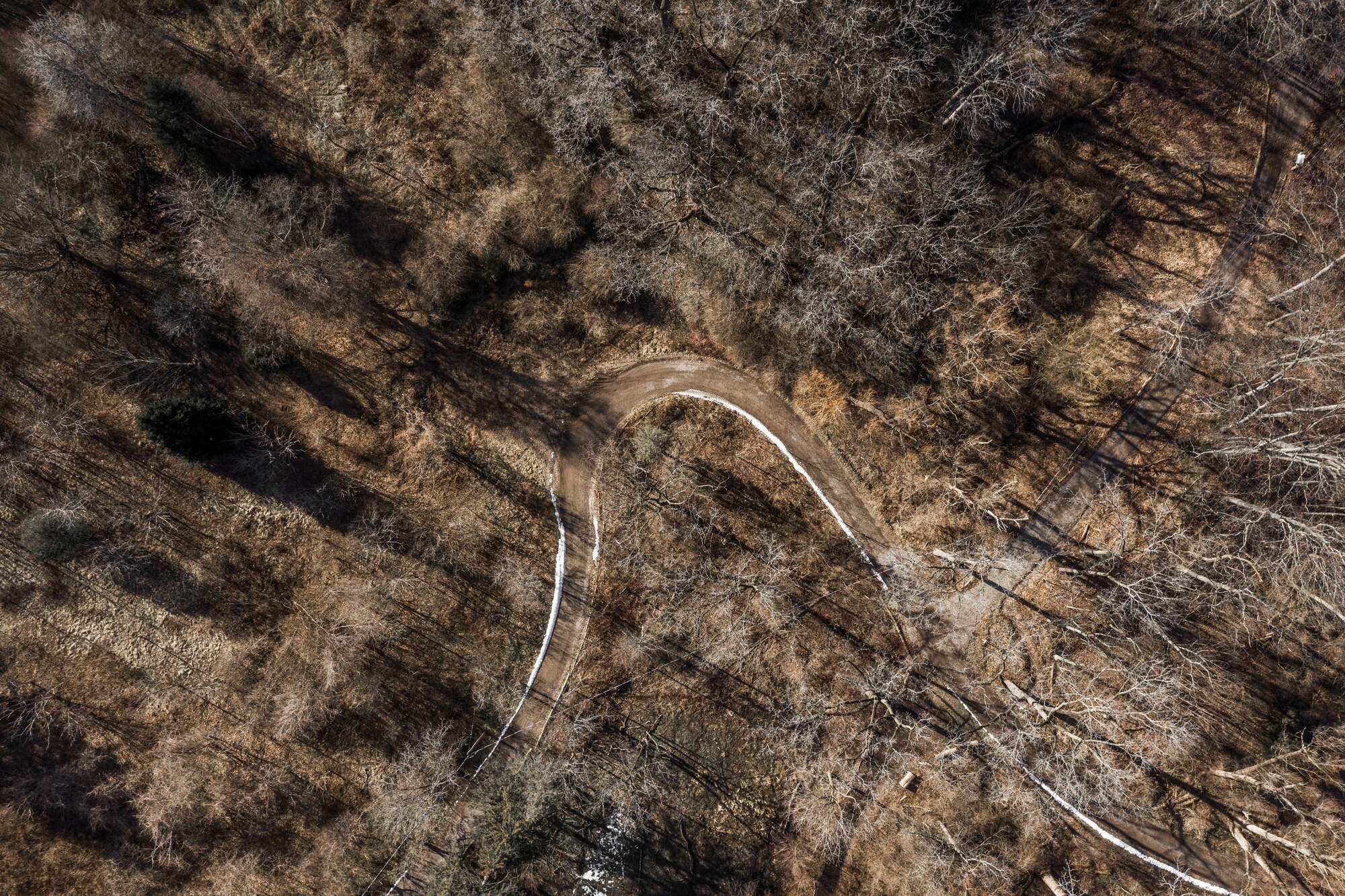This article provides an overview of the development history of sights and their various types, functions, and applications. It begins by describing the evolution of mechanical sights, from the earliest notched sights to aperture sights designed for precise aiming. The article then discusses the emergence of optical sights, particularly the development of telescopic sights in response to long-range shooting weapons and sniper tactics.
(Reading Time: 8-11 Minutes)
The Development of Sights
Ten Questions & Answer About Reflex Sight
Night Vision Scopes
Before understanding Reflex Sight Rifle Scope, let’s first understand its development history.
Mechanical Sights
Mechanical sights are on the historical stage together with bolt-action breech-loading rifles. Mechanical sights usually consist of two parts, the rear sight and the front sight.
The earliest mechanical sights used in firearms were notched mechanical sights. In order to adapt to more precise aiming, people later invented the hole-type sights.
Notched iron sights are more suitable for quick aiming because they have a better field of view, but they are difficult to grasp for precise aiming.
The sight-aperture type is just the opposite. Because its rear sight is just a small round hole, it is more suitable for precise aiming. However, because the field of view is smaller, its ability to quickly aim at the target is slightly poorer.

Optical Sight
After the emergence of long-range shooting weapons, the emergence of sniper tactics can be said to be inevitable. As a result, people began to try to install telescopes on firearms to provide longer aiming distances. This was the prototype of the telescopic sight. The telescopic sight is the oldest optical sight. As early as the 19th century, it showed its power in the American Civil War.
After the emergence of long-range shooting weapons, the emergence of sniper tactics can be said to be inevitable. As a result, people began to try to install telescopes on firearms to provide longer aiming distances. This was the prototype of the telescopic sight. The telescopic sight is the oldest optical sight. As early as the 19th century, it showed its power in war.
After the birth of the mechanical sight, it has become the reliance of gunners in close combat. However, it uses a three-point and one-line aiming method, has a slow response time and is slightly less accurate. As a result, a new form of optical sight appeared above the assault rifle. It is a red dot sight, also called a reflex sight. The red dot sight has no magnification. It is a sight used for close combat. You can use both eyes to aim at the same time. Compared with the telescopic sight, it has a better view and faster aiming speed.

1. What is Reflex Sight Rifle Scope? How does it work?
A reflex sight rifle scope is a type of non-magnifying reflector sight that projects a reticle (usually a red dot) onto a flat glass surface in front of the shooter's eye. Unlike traditional riflescopes, it provides an unmagnified, unobstructed view while superimposing an aimpoint.
The concave surface of the spectroscope is coated with one or more layers of light film. The light emitted by the lighting system passes through the reticle and then forms dots (or aiming marks such as rings) on the spectroscope and is reflected as parallel light into the person. It uses a LED or laser diode to project a reticle onto a angled flat glass reflector, at the same time, the human eye sees the target through the spectroscope. When the aiming mark overlaps the target, aiming is completed.
2. What are the advantages & disadvantages of reflex scope compared with other scopes?
The aiming marks on a dot sight are produced by the illumination system on the sight. There are many ways to form a light source, electrical power, natural light or radioactive isotopes such as tritium, promethium, etc. The light spot generated by the power supply is easy to adjust, and the brightness can be adjusted according to different usage environments; radioactive isotopes can work for many years without replacing the battery.
The effect is better when used at night, but radioactive materials must be carefully selected. Cons are reduced visibility in low light, potential for the reticle to obscure part of the target.
The currently popular tritium gas is said to have very low radiation levels. Long-term use of such sights is safe than those who undergo X-ray examinations once or twice a year.
3. What are the differences between different types of reflex sight? What situations are each suitable for?
There are a few main types of reflex sights:
Red Dot Sights - Project a simple red aiming point onto the lens. Advantages are unlimited eye relief, compact size, long battery life. Best for close-quarter applications.
Holographic Sights - Use lasers to project a holographic reticle image. Advantages are better reticle clarity/brightness and wider field of view. More suited for medium-range engagements.
Prism Sights - Use angled prisms to reflect the reticle. Advantages include better optical quality and increased ruggedness. Often used for duty/tactical applications.
Compared with red dot sights, holographic sights have higher aiming accuracy, high reticle brightness, and are not easily disturbed by strong light, which ensures that it can well complete short-range rapid shooting and mid-range precise shooting tasks. That’s something a red dot sight can’t do. But its high price forces special forces to choose scopes based on mission requirements.
But whether it is a red dot sight or a holographic sight, they are excellent helpers for assault rifles, which makes them members of the Pinty Combo Kits. Pinty is actually an improved system for special operations. It provides various modular kits for firearms to achieve the purpose of universal operations.

4. What factors should be considered when purchasing reflex rifle scope?
Key factors for choosing a reflex rifle scope:
Size/Weight - Smaller/lighter is better for mobility but larger provides better field of view.
Reticle Options - Simple dots versus complex reticles with ranging/marking features.
Battery Life - Important for ensuring continuous operation. Top brands get hundreds of hours.
Durability - Shockproof, waterproof, fog-proof ratings matter for rough use.
Lens Quality - Higher grades provide better clarity and low light performance.
5. What is the structure of a reflex sight?
Reflective dot sights usually have two structures, one is barrel type and the other is window type.
The window-type structure is relatively simple, but the spectroscope is completely exposed; the barrel-shaped structure looks very similar to a telescopic sight. The spectroscope is wrapped in the barrel body and is protected by the objective lens and eyepiece at the front and rear.
There are now some products that combine dot sights and telescopic sights, that is, dot sights with a magnifying function.
6. How to use and maintain reflex sights correctly?
Proper use and maintenance of reflex red dot:
Usage Tips:
- Adjust reticle brightness based on lighting conditions for best visibility
- Find the proper eye relief distance for a clear, unobstructed view
- Use proper shooting techniques like breath control and trigger squeeze
7. What are the applications of reflex sight in hunting, shooting sports, military and police use, etc.?
Hunting - Allows hunters to acquire targets quickly with both eyes open
Shooting Sports - Increasing popularity in 3-gun, practical shooting competitions
Military/Police - Used for close-quarters operations when quick targeting is crucial
Home/Personal Defense - Offer simple, fast aiming for defensive situations
8. What is the installation and debugging method of reflex red dot? What matters need to be paid attention to?
For Installation:
- Use a proper mount matched to your rifle
- Ensure tight fit on rail to prevent shifting
- Follow the sight's specific bore-sighting process
- Shoot at a known distance to zero the windage/elevation adjustments
Common Considerations:
- Night vision compatibility if using that
- Maintaining the same cheek weld position
- Having enough eye relief for proper aiming
9. What are the future development trends and prospects of reflex sight technology?
Future development trends for reflex sights:
Increased Battery Life - More efficient LED/laser technology for years of use
Wireless Capabilities - Connecting to smartphones/glasses for enhanced displays
Hybrid Designs - Combining reflex sight with magnifiers or thermal/night optics
Improved Reticle Clarity - Crisper, daylight bright aiming points through better coatings
10.What are the usage tips and precautions?
Precautions:
- Check battery life regularly and carry spare batteries
- Keep lens clean and free of dirt/debris using proper lens cleaners
- Avoid dropping or severely impacting the sight
- Use lens covers when not in use to prevent scratching
Check battery and reticle brightness. Find the proper eye relief distance. Control breathing and trigger squeeze. Maintain and clean the glass regularly. Click this article, Learn More How to Clean a Rifle Scope Lens?
Night Vision Scope
Through different applications of light, scientists have developed optical sights that meet different shooting needs, but they all need to be in a light place to work properly. So what should we do if we want to perform night missions? Night vision scopes fill this gap by installing a night vision device on top of the scope to enable nighttime targeting.

